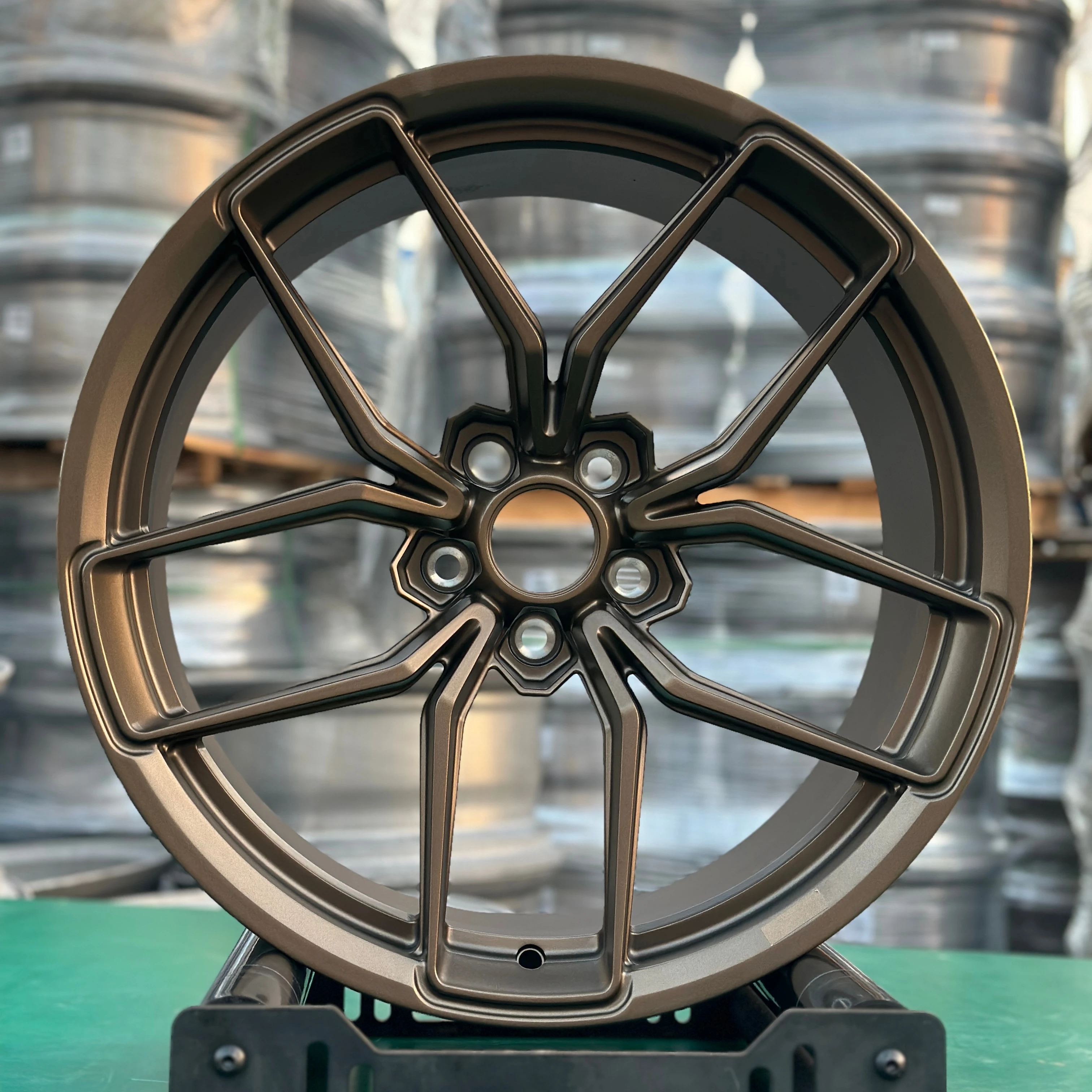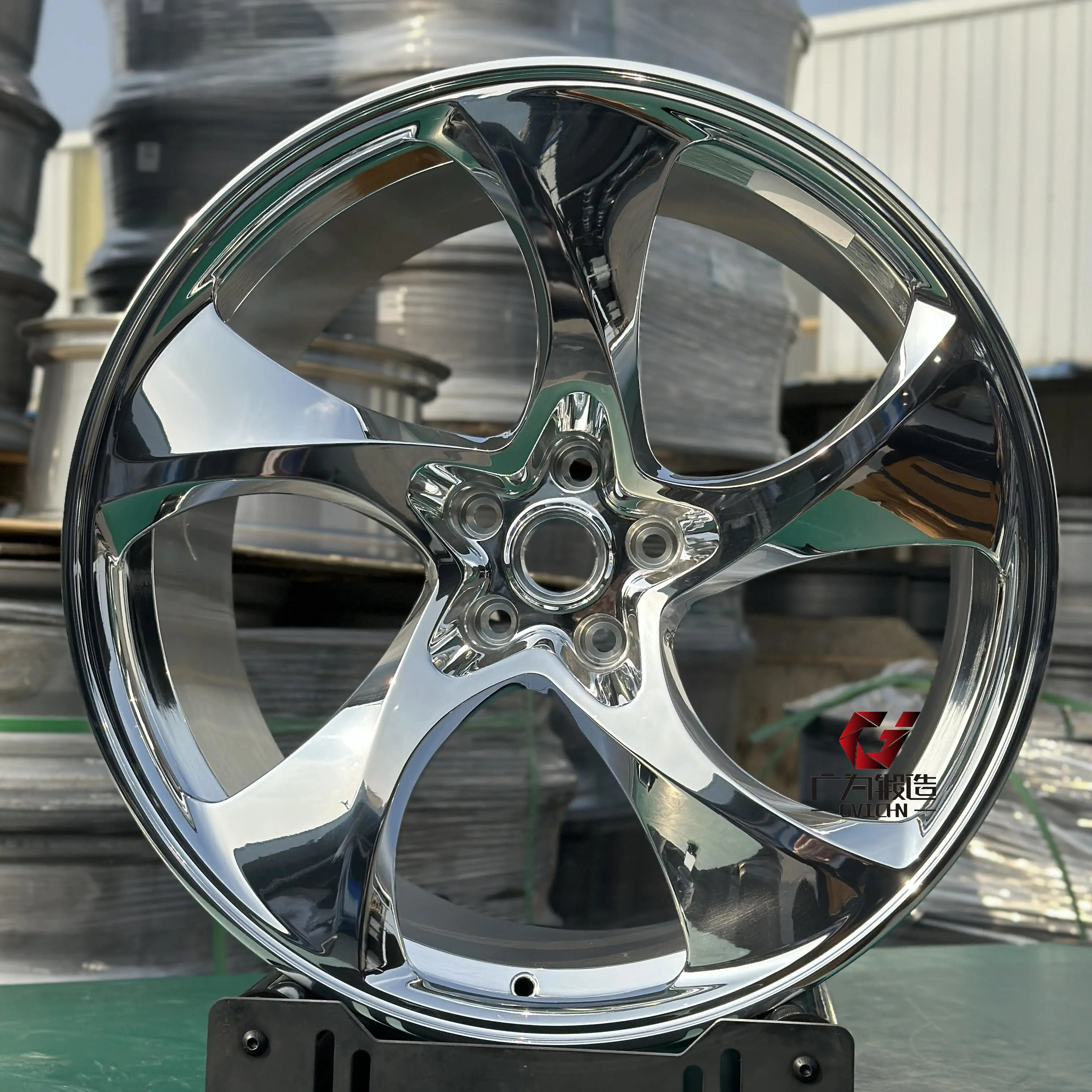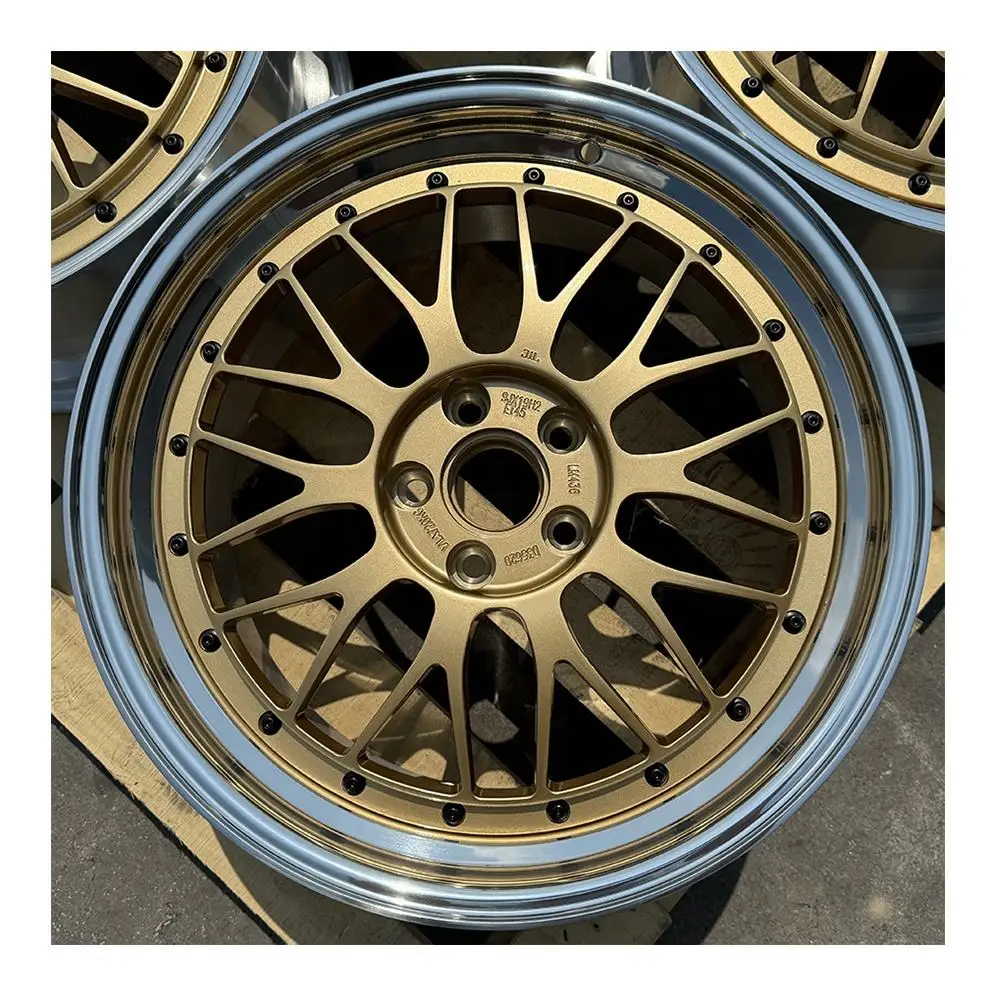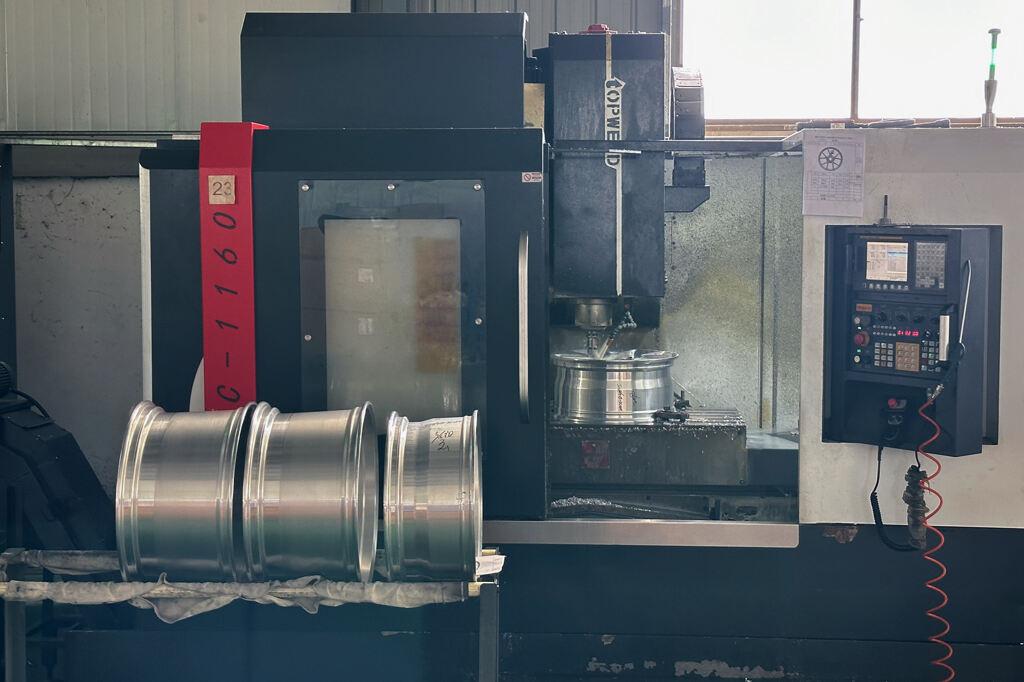How to Choose Between 2-Piece and 3-Piece Forged Wheels: A Buyer’s Practical Guide
Understanding the Engineering Behind Modern Forged Wheels
The world of high-performance wheels has evolved significantly, with forged wheels standing at the forefront of automotive engineering excellence. These precision-engineered components represent the perfect fusion of strength, lightweight design, and aesthetic appeal. Before diving into the specifics of 2-piece versus 3-piece configurations, it's essential to understand what makes forged wheels superior to their cast counterparts and why this choice matters for your vehicle.
Forged wheels are created through an intensive manufacturing process that involves applying extreme pressure to aluminum billets, resulting in a stronger molecular structure than cast wheels. This process eliminates porosity and ensures superior structural integrity, making them the preferred choice for performance enthusiasts and luxury vehicle owners alike.
The Anatomy of Multi-Piece Forged Wheels
Components and Construction Methods
The fundamental difference between 2-piece and 3-piece forged wheels lies in their construction. Two-piece forged wheels consist of a center section and an outer barrel, joined together through precision engineering. The center section houses the hub mounting surface and spoke design, while the barrel forms the outer rim where the tire mounts.
Three-piece forged wheels, on the other hand, comprise three distinct components: the center section and two half-barrels (inner and outer). This configuration offers additional customization options and flexibility in design, though it comes with its own set of considerations regarding maintenance and assembly.
Manufacturing Excellence and Quality Control
The manufacturing process for both types of forged wheels involves sophisticated machinery and rigorous quality control measures. Each component undergoes extensive testing to ensure structural integrity and dimensional accuracy. The forging process aligns the metal's grain structure, resulting in superior strength-to-weight ratios compared to cast wheels.
Quality control measures include X-ray inspection, stress testing, and precision measurement at multiple stages of production. This attention to detail ensures that whether you choose 2-piece or 3-piece forged wheels, you're investing in a product that meets the highest standards of automotive engineering.

Performance Characteristics and Applications
Weight Reduction and Handling Benefits
Forged wheels significantly reduce unsprung mass, which directly improves vehicle handling and performance. Two-piece designs typically offer a slight weight advantage due to fewer components and joining points. This weight reduction translates to better acceleration, improved braking performance, and more responsive handling characteristics.
Three-piece forged wheels, while marginally heavier, provide additional structural benefits through their modular design. The ability to replace individual components can be advantageous for track-focused vehicles where wheel damage is more likely to occur.
Customization and Fitment Options
The modular nature of multi-piece forged wheels opens up extensive customization possibilities. Three-piece designs offer the greatest flexibility in terms of width adjustments, offset changes, and aesthetic modifications. This adaptability makes them particularly attractive for enthusiasts who may want to modify their wheel specs in the future.
Two-piece designs strike a balance between customization options and structural simplicity. While they offer fewer variables for adjustment, they provide excellent strength characteristics and are often preferred for high-performance street applications where frequent modifications aren't necessary.
Maintenance and Long-Term Ownership Considerations
Regular Maintenance Requirements
Maintaining forged wheels requires attention to detail and regular inspection. Three-piece wheels demand more frequent checking of assembly bolts and seals due to their multiple components. Owners should perform periodic torque checks and inspect for any signs of oxidation between components.
Two-piece designs typically require less maintenance due to fewer joining points and seals. However, all forged wheels benefit from regular cleaning and inspection to maintain their structural integrity and appearance. Professional inspection is recommended annually, regardless of the wheel type chosen.
Cost Analysis and Value Proposition
Initial investment in forged wheels represents a significant commitment, with 3-piece designs generally commanding higher prices due to their complex construction and additional components. However, the modular nature of 3-piece wheels can offer long-term cost benefits through the ability to replace individual components rather than entire wheels.
Two-piece forged wheels often present a more attractive initial price point while maintaining excellent performance characteristics. Their simpler construction typically results in lower maintenance costs over time, making them a practical choice for many enthusiasts.
Making Your Final Decision
Performance Priority Assessment
When selecting between 2-piece and 3-piece forged wheels, consider your primary vehicle use. Track-focused drivers might prefer the modularity and repairability of 3-piece designs, while street performance enthusiasts may find the lighter weight and simpler maintenance of 2-piece wheels more appealing.
Consider factors such as local road conditions, driving style, and whether you plan to modify your vehicle's setup frequently. These considerations will help guide you toward the most suitable wheel configuration for your specific needs.
Aesthetic and Design Preferences
While performance characteristics should drive your decision, aesthetic considerations remain important. Three-piece wheels offer unlimited possibilities for customization, including different finishes for each component and the ability to change specs without purchasing entirely new wheels.
Two-piece designs provide clean, modern aesthetics with fewer visible hardware elements. Their integrated construction often results in smoother transitions between the center and barrel sections, appealing to those who prefer a more understated look.
Frequently Asked Questions
What makes forged wheels better than cast wheels?
Forged wheels offer superior strength-to-weight ratios due to their manufacturing process, which aligns the metal's grain structure and eliminates porosity. This results in wheels that are significantly stronger and lighter than cast alternatives, improving vehicle performance and handling characteristics.
Are 3-piece forged wheels worth the extra cost?
The value proposition of 3-piece forged wheels depends on your specific needs. They offer maximum customization flexibility and the ability to repair individual components, which can be cost-effective long-term for track use or frequent modifications. However, for purely street use, 2-piece designs might provide better value with lower maintenance requirements.
How often should forged wheels be inspected?
Regular inspection intervals depend on usage, but generally, 3-piece wheels should have their hardware checked every 3-6 months, while 2-piece wheels can typically go 6-12 months between thorough inspections. All forged wheels should be visually inspected for damage after any significant impact or unusual vibration.
Recommended Products
 Hot News
Hot News
-
Forged Carbon Products
2024-05-21
-
Forged Off-Road Accessories
2024-05-21
-
GVICHN Introduces Revolutionary Forged Two-Piece Product
2024-05-21







 ONLINE
ONLINE